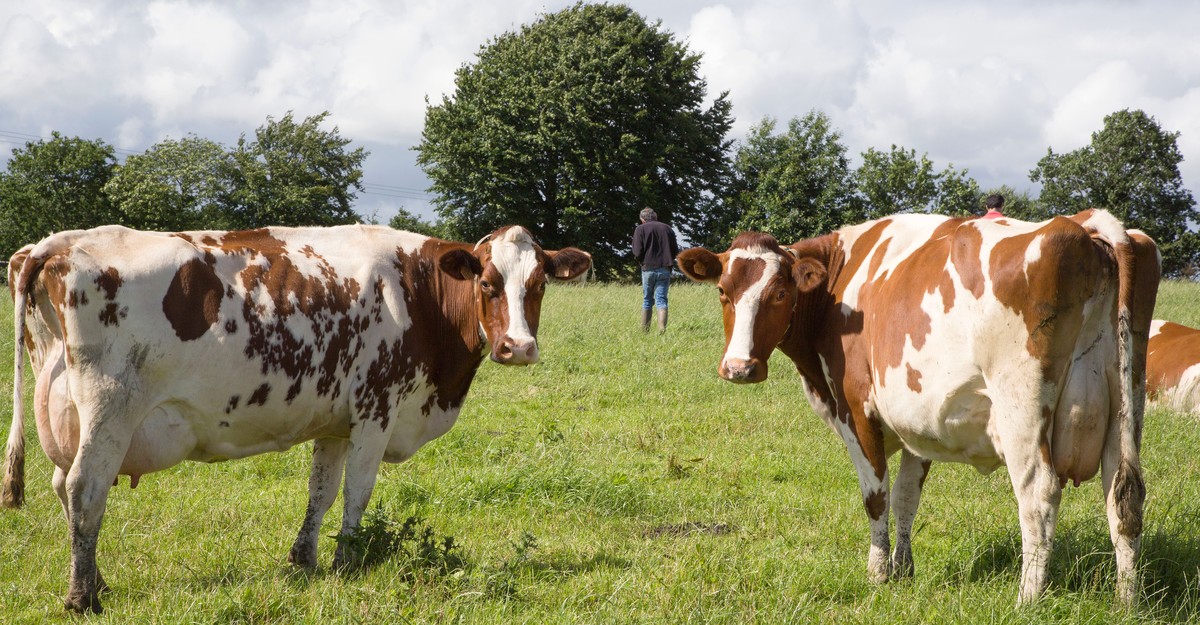The U.N. Intergovernmental Panel on Climate Change (IPCC) has published an exhaustive report on the agricultural and dietary changes that will be needed to mitigate climate change. Here is a (lengthy) summary of its findings: https://www.ipcc.ch/srccl/chapter/summary-for-policymakers/
Excerpted from the IPCC's recommended food system changes:
"B.6.2
Diversification in the food system (e.g., implementation of integrated production systems, broad-based genetic resources, and diets) can reduce risks from climate change (medium confidence). Balanced diets, featuring plant-based foods, such as those based on coarse grains, legumes, fruits and vegetables, nuts and seeds, and animal-sourced food produced in resilient, sustainable and low-GHG emission systems, present major opportunities for adaptation and mitigation while generating significant co-benefits in terms of human health (high confidence). By 2050, dietary changes could free several million km2 (medium confidence) of land and provide a technical mitigation potential of 0.7 to 8.0 GtCO2eq yr-1, relative to business as usual projections (high confidence). "
The IPCC seems to be saying:
1. Whole food plant-based diets inherently serve to mitigate climate change.
2. Animal agriculture must radically change in order for the world to mitigate climate change.
Excerpted from the IPCC's recommended food system changes:
"B.6.2
Diversification in the food system (e.g., implementation of integrated production systems, broad-based genetic resources, and diets) can reduce risks from climate change (medium confidence). Balanced diets, featuring plant-based foods, such as those based on coarse grains, legumes, fruits and vegetables, nuts and seeds, and animal-sourced food produced in resilient, sustainable and low-GHG emission systems, present major opportunities for adaptation and mitigation while generating significant co-benefits in terms of human health (high confidence). By 2050, dietary changes could free several million km2 (medium confidence) of land and provide a technical mitigation potential of 0.7 to 8.0 GtCO2eq yr-1, relative to business as usual projections (high confidence). "
The IPCC seems to be saying:
1. Whole food plant-based diets inherently serve to mitigate climate change.
2. Animal agriculture must radically change in order for the world to mitigate climate change.


